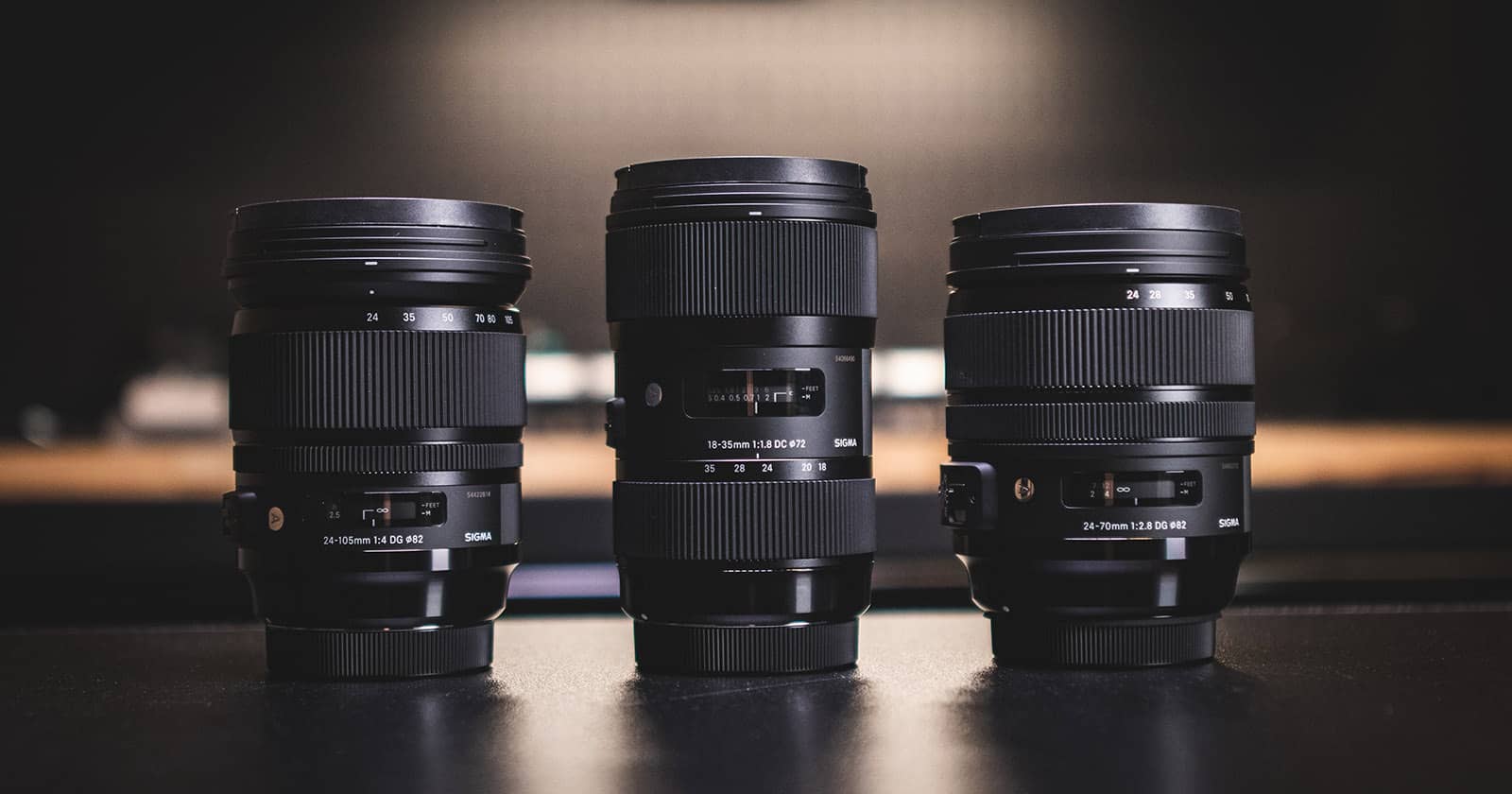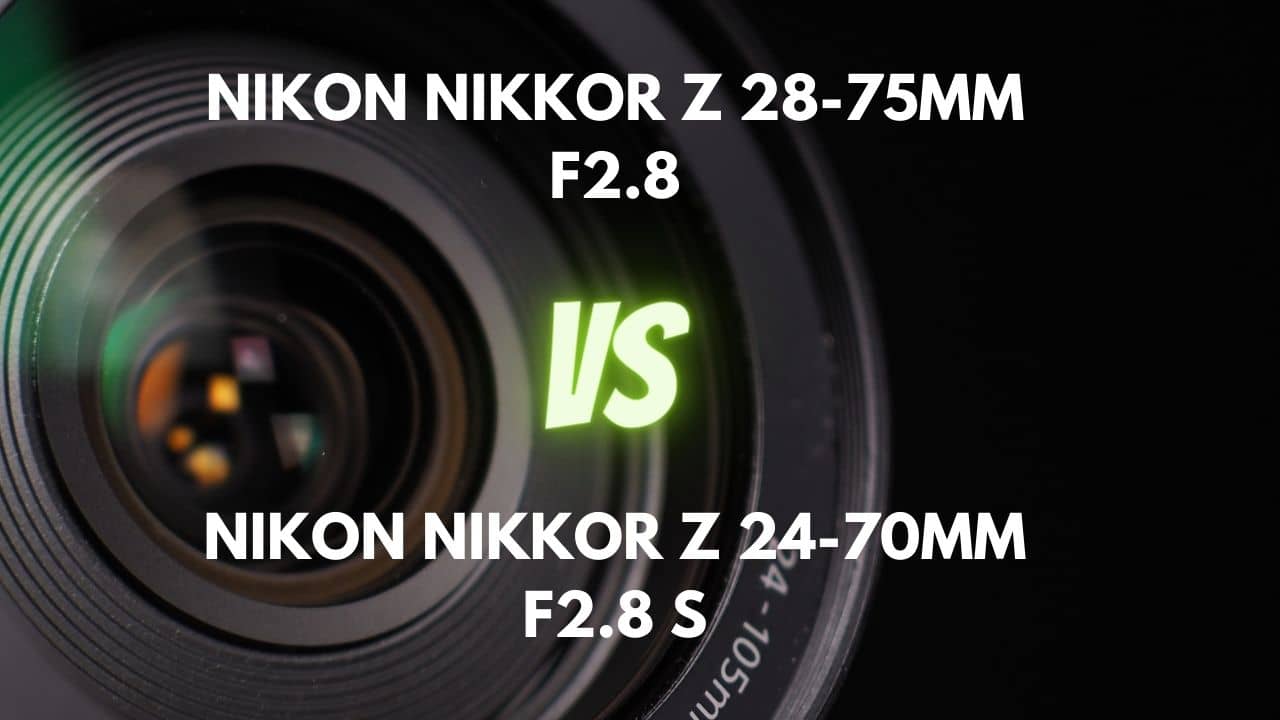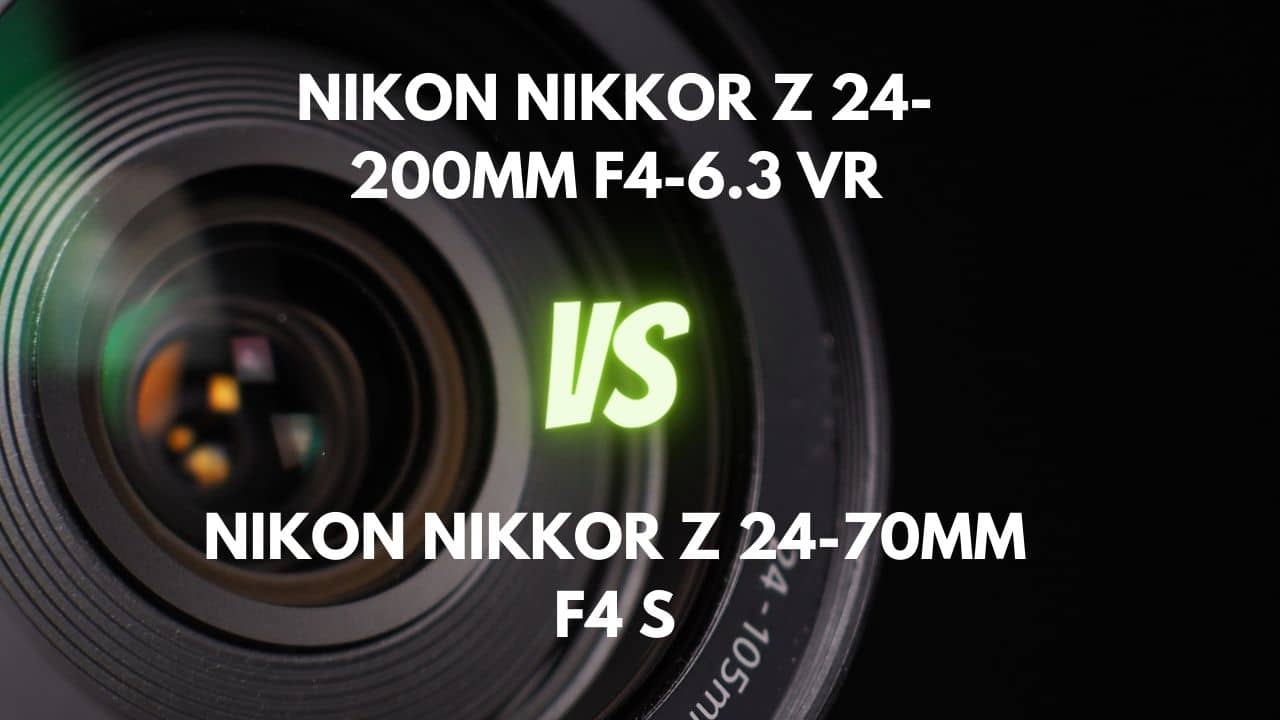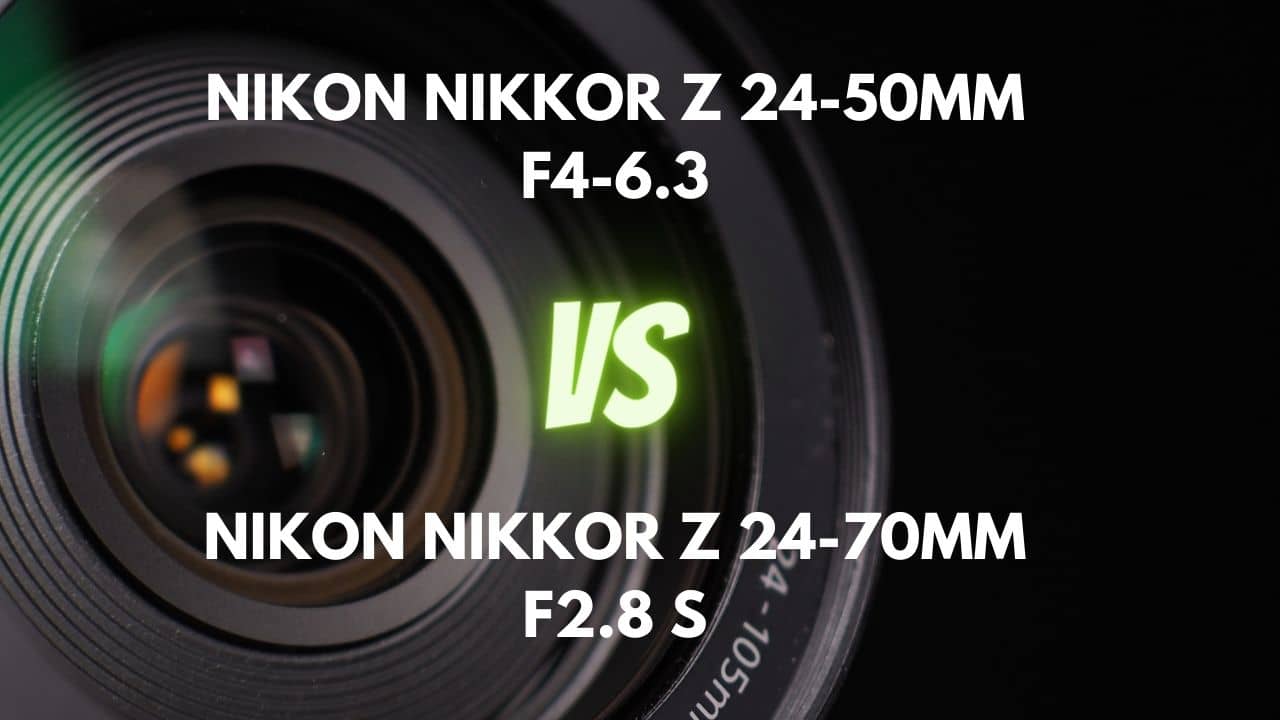Welcome to this article about understanding focal length and its role in photography. Whether you are an experienced photographer or just starting out, learning the basics of focal length will help you make better choices when selecting a camera and lens.
We will look at the technical definition of focal length and how different focal lengths affect the photos we take. By the end of this article, you will have a stronger grasp on how to decide which focal length is best for you and your style of photography.
Focal Length Defined and Explained
Before we define it, let’s first understand two concepts: optical center and camera sensor.
Some photographers believe that optical center is the physical center of the lens. But it is not true. Actually, it is the exact point through which light enters the lens and starts to bend.
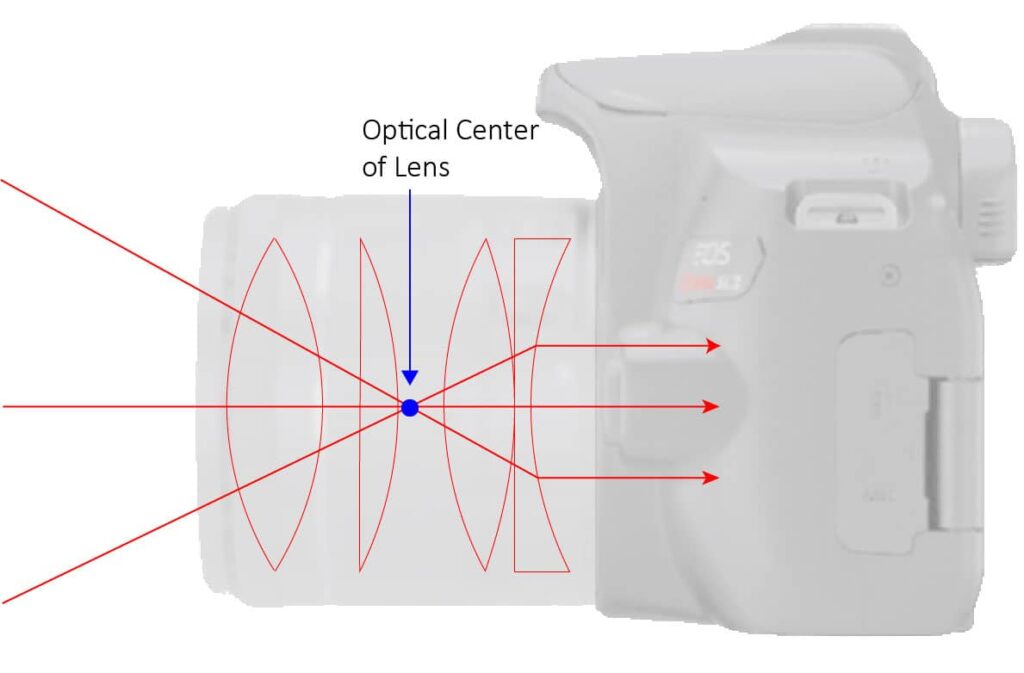
And the camera sensor is a flat microchip inside the camera that collects light and creates an image.
Focal length is just a measurement of the distance between the optical center of a lens and the camera sensor when the camera focuses to infinity.

Focal length is usually stated in millimeters (e.g., 24, 50mm) and is a property of the lens itself. If the focal length of a lens is fixed, we call it a prime lens. And if it’s variable, we call it a zoom lens. In the case of the zoom lenses, both the minimum and maximum focal lengths are indicated on the barrel of the lens, for example 24-70 mm.
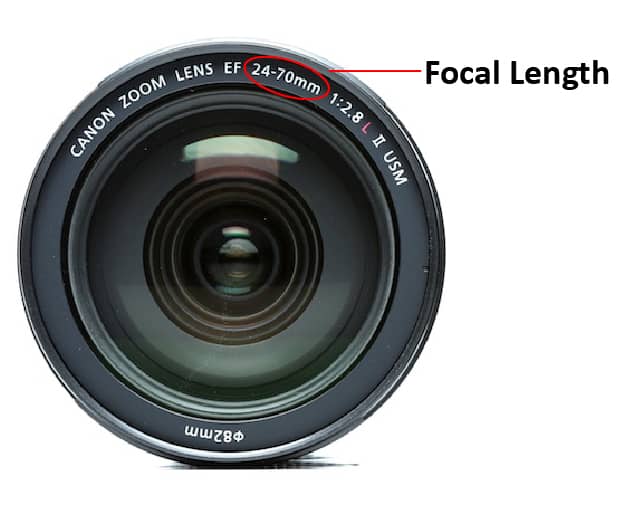
What focal length tell us?
Focal length is possibly the most important decision to make when choosing a lens because it determines the angle of view and magnification of an image. It is important to understand what focal length tells us. Let’s break it down into the following parts.
Angle of View
AOV is the measure of the area of the scene before us the lens captures, determined by the focal length of the lens. Short focal lengths provide wider angles of view and more magnification, while longer focal lengths have narrower angles of view and less magnification. This area is described in degrees of coverage in front of the camera.
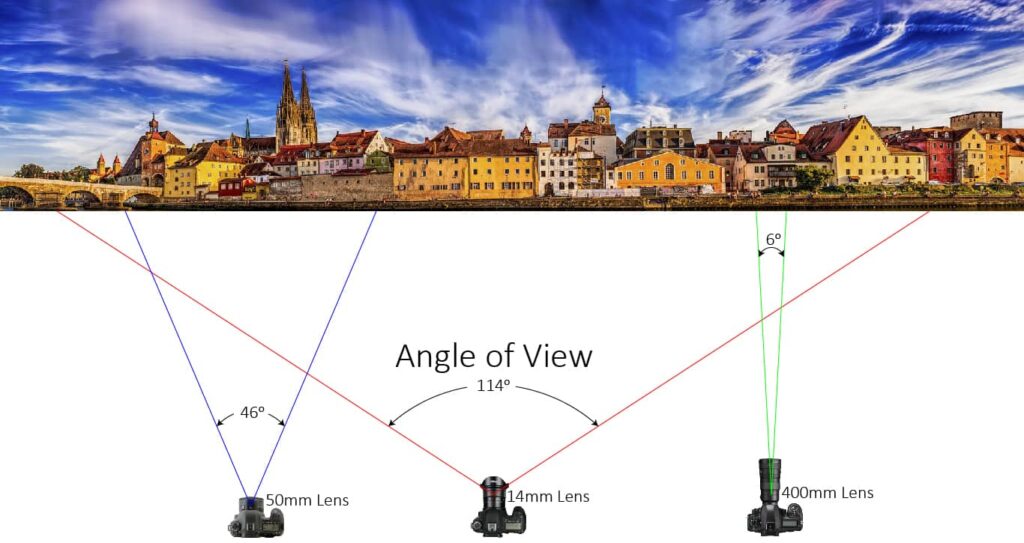
Let’s take a real world example for better understanding. I used to capture Milky Way with the Rokinon 14mm f/2.8 lens. This lens provides an approximately 90° angle of view for APS-C camera sensors. 14mm is a very short focal length and the broad 90° angle of view ensures the magnificent Milky Way is within the frame.
But to photograph the Orion Nebula, diffuse nebula in the Milky Way, I used the Nikon 300mm f/4 lens. Its angle of view on a full-frame body is 8°.
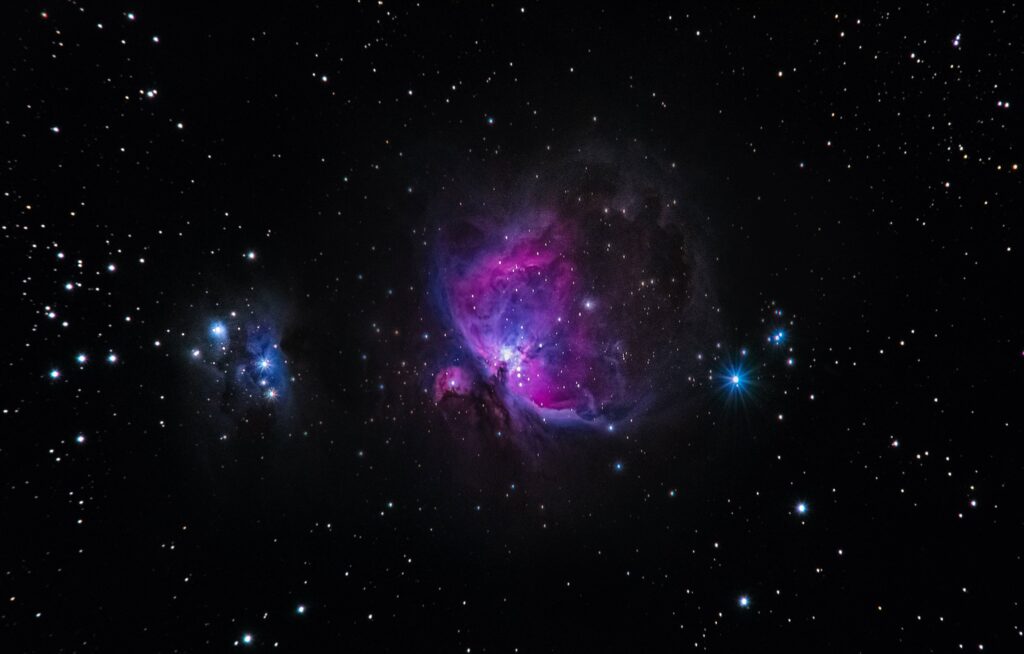
Magnification
Understanding the concept of magnification is important for photographers of all levels, especially for macro photographers. Magnification, just like the focal length, is a property of a camera lens. It refers to the increase or decrease in size or distance of an object when viewed through a camera lens.
Shorter focal lengths (higher optical power) can bring the subject closer to the center of projection, resulting in higher magnification. On the other hand, longer focal lengths will have a narrower angle of view and will not capture as much of the scene, resulting in lower magnification.
Depth of Field
Depth of field refers to the area in front of and beyond the focus point in which things appear acceptably sharp in a photograph. A shallow depth of field refers to a small area in focus, while the background is blurred. A deep depth of field refers to a larger area in focus, often keeping everything in the image sharp and clear.
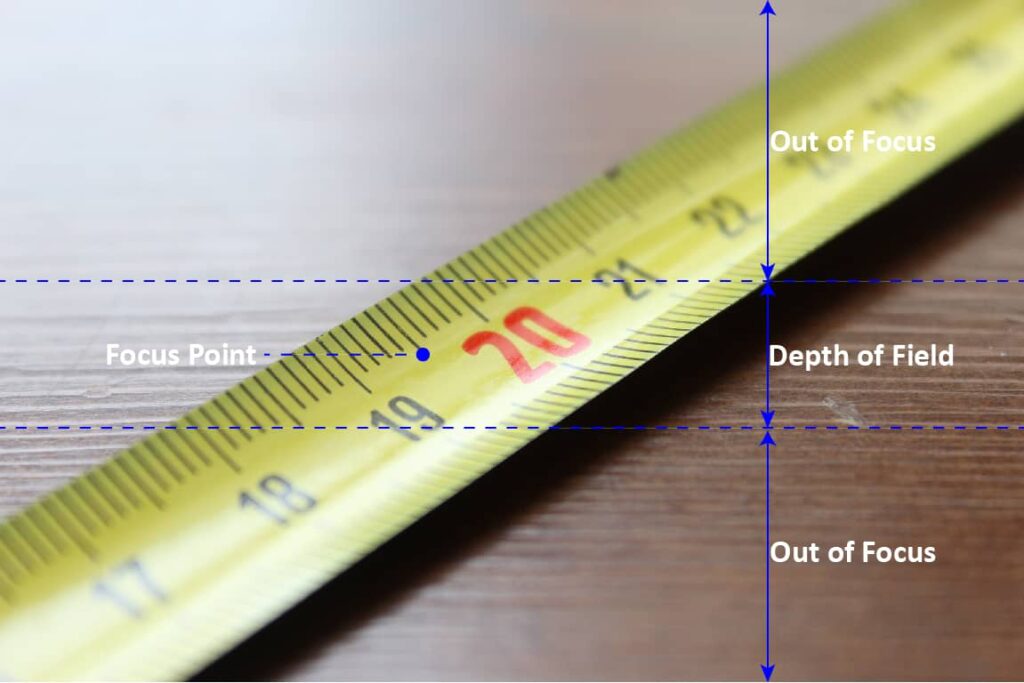
There are four main factors that affect depth of field in photography: the focal length of the lens, the aperture setting, focusing distance, and the size of the camera’s sensor.
Focal length affects depth of field by determining how much the light entering the lens needs to be bent to reach the image plane. A shorter focal length will bend the light more sharply, resulting in out-of-focus intersections that are closer to the image plane and a deeper depth of field.
Conversely, a longer focal length will have the light bending at a shallower angle, causing out-of-focus intersections to happen further away from the image plane and resulting in a shallower depth of field.
Bokeh
Creating bokeh is a technique that many photographers use to make their subjects stand out from a messy background. Usually appearing in the form of out-of-focus highlight circles in an image, it often makes an image more appealing by adding a soft and dreamy effect. The circles can by adjusted in size by changing the focal length of the lens. Shorter focal lengths will create smaller circles, while longer focal lengths will create larger circles.
Equivalent Focal Length and Crop Factor
When buying a lens, you can often see the jargon “equivalent focal length” on the product page. For example,
Standard zoom is designed for FX-format F-mount cameras, however can also be used with DX models where it provides a 36-105mm equivalent focal length range.
This is a clip of a product description of the Nikon AF-S NIKKOR 24-70mm f/2.8G ED Lens. So the equivalent focal length of 24-70mm on Nikon’s DX camera is 35-105mm. If you are careful, you will find that 35 and 105 are actually 24 and 70 multiplied by 1.5. 1.5 is the crop factor for Nikon’s cameras.
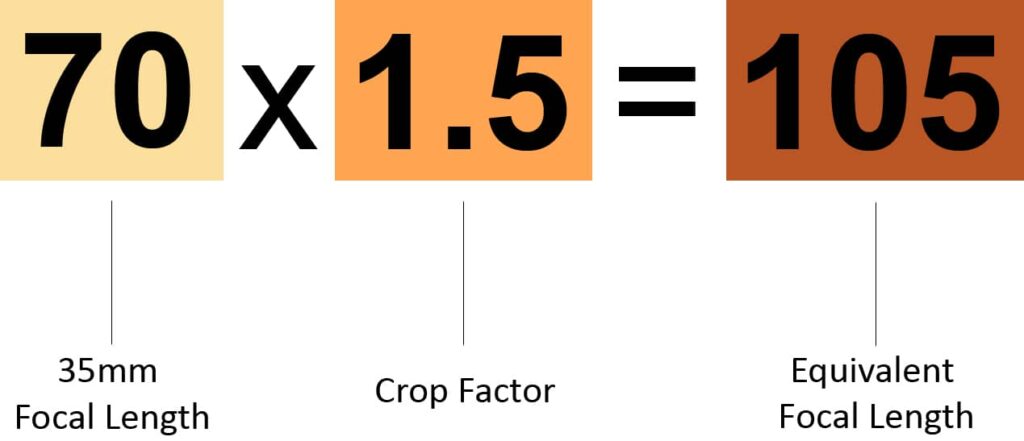
Equivalent focal length is a term used to compare lenses across different camera formats, as cameras with larger sensors require longer focal lengths for a similar angle of view than cameras with smaller sensors. This enables photographers to compare lenses based on their angle of view, rather than their actual focal length.
Equivalent focal length refers to the relation between two different lens formats (such as full-frame and crop sensor lenses), and expresses how two lenses with different focal lengths will provide the same angle of view on different cameras.
In the example above, the 24-70mm lens provides the same angle of view on a Nikon full-frame body as the 36-105mm lens does on a Nikon crop-sensor body. By using the concept of equivalent focal length, we know what kind of perspective we will get when using a full-frame lens on a crop-sensor body.
To calculate the 35 mm equivalent focal length, you need to multiply the actual focal length by the crop factor of the sensor. Nikon’s DX cameras have a crop factor of 1.5, Canon’s EF-S cameras have a crop factor of 1.6, micro four thirds cameras have a crop factor of 2.0, and Sony and Panasonic’s 1″ sensors have a crop factor of 2.7.
Types of lenses classified by focal lengths
Now that we understand what focal length is and how it affects the image, let’s explore the various types of lenses available and their respective focal lengths.
Ultra-Wide-angle and Fisheye Lenses (Less than 24mm)
An ultra wide angle lens is a type of lens with a short focal length, typically 24mm or less.
Ultra-wide angle lenses provide an expansive field of view, allowing photographers to capture larger scenes in a single frame. They are popular choices architecture and landscape photographers.
Fisheye lenses, on the other hand, is a special subset of ultra-wide-angle lens with more distortion. For a typical circular fisheye lens, the focal length can be as short as 8mm. They are the better option for creating dramatic perspective.
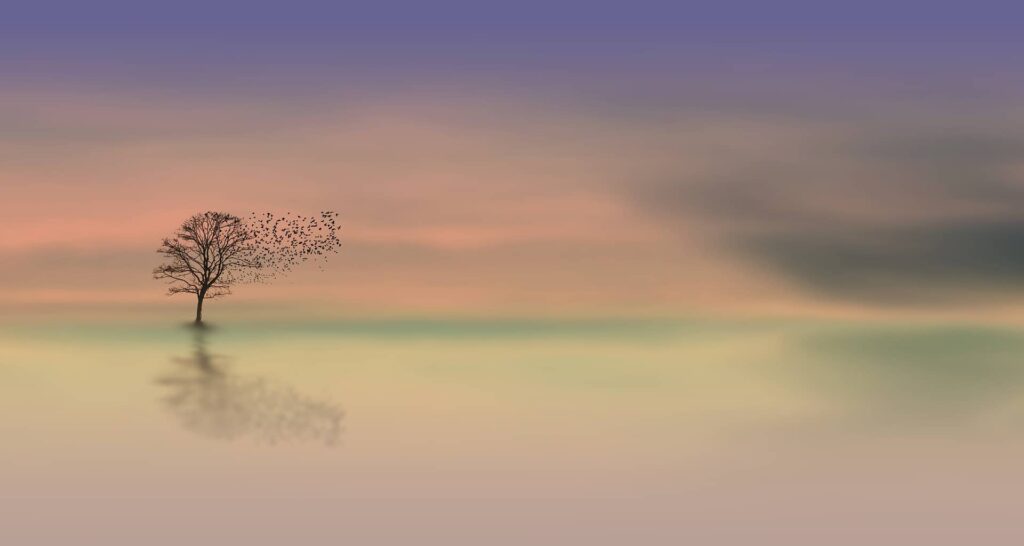
Wide angle Lenses (Less Than 35mm)
A wide angle lens is a lens with a focal length smaller (or wider) than 35mm on a full-frame camera. Ultra-wide-angle and fisheye lenses are all subsets of wide angle lenses. Standard wide angles lenses have focal lengths between 24mm and 35mm. But the most popular range is 16-35mm. Actually, most lens manufactures produce 16-35mm zoom lenses, including Canon, Nikon, Sony and Sigma.
Wide angle lenses are some of the most versatile lenses available, providing users with a wide range of options for epic landscape shots, street photography, and even portraits.
It can also prove to be invaluable when you can’t step back any further, such as when real estate agents need to make a room look bigger or in tight spaces. They are also well suited for shooting dynamic subjects such as action sports, night shots, and close-up details. Wide angle lenses can be used to add an artistic flare to your photos and capture unique abstracts that wouldn’t be possible with a regular lens.
Standard Lenses (35-70mm)
A standard lens, also known as a normal lens, is a lens with a focal length (35-70mm) close to the diagonal length of the camera’s sensor or the film format. With its roughly equal angle of view as the human eye, a standard lens can provide perspectives that are incredibly close to what we see.
So it is best used for shots that aim to replicate the natural perspective of the human eye. Its less stylized look can also give a shot a sense of simplicity and rawness. Because of these abilities, it is particularly well-suited for candid photography as they allow you to include context in the frame with the subject.
Standard lenses are also widely known for their affordability due to the simplicity of design and fewer lens groups needed. The prime example of a budget-friendly standard lens is the 50mm; it provides excellent quality results at an unbeatable price point.
Another popular choice is a 24-70mm lens. It covers a wide range of focal lengths so they are extremely versatile, allowing the photographer to quickly adjust composition without having to switch lenses. This makes them perfect for portraits, weddings, parties, events, candids, and even some sports.
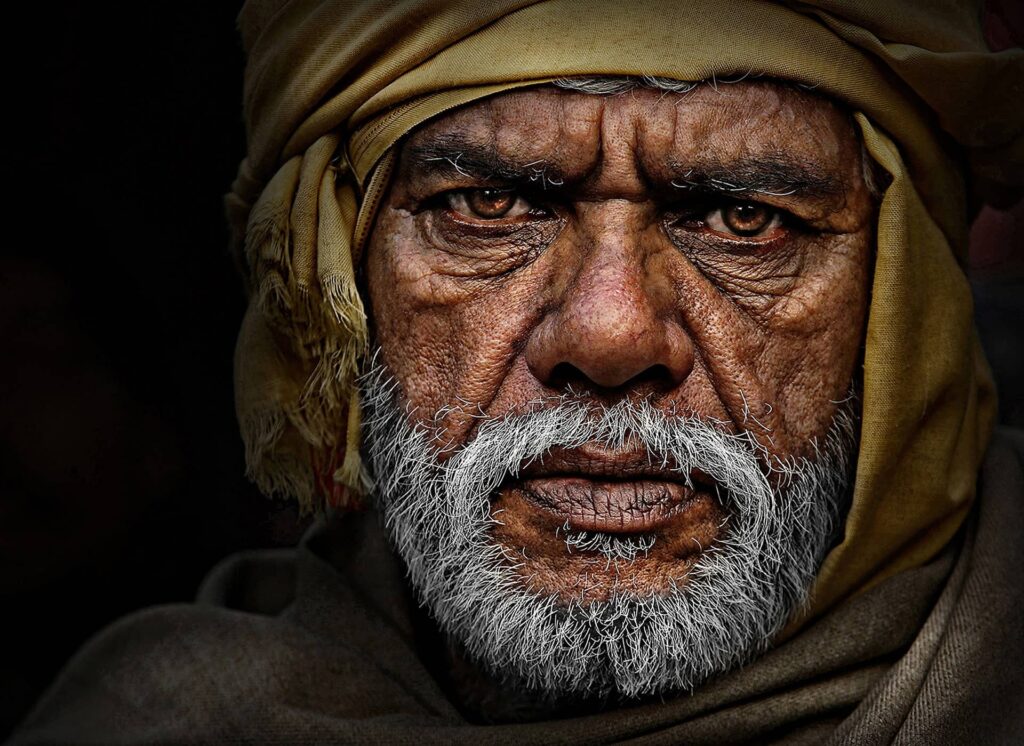
Telephoto Lenses (70mm+)
A telephoto lens has a long focal length that allows it to capture images of subjects which are further away. This makes them ideal for photographing wildlife or sports, as they can more easily encompass the entire scene without having to physically get closer.
Another aspect of telephoto lenses is their ability to compress perspective, meaning they can make distant objects look closer than they actually are. With larger apertures, telephoto lenses can also separate a subject from the background, making portraits stand out with a stunning clarity.
They are also my favorite lens type for landscape because of the selective angle of view, allowing me to capture more detail in a landscape shot, rather than having to take in an entire hillside.
Super Telephoto Lenses (200mm+)
Lastly, super telephoto lenses are telephoto lenses that reach farther than the usual telephoto lenses. They are capable of capturing very specific details like the top of a mountain or a headshot of a tiger.
I often use them to shoot birds. They opens up a world of creative possibilities – allowing me to create dreamy backgrounds with bokeh and deep depth of field to accentuate the beauty of bird.
As I mentioned before, longer focal length can create deep depth of field and creamy bokeh.
I take time to carefully choose my spot so that the composition is perfect, and then I patiently wait until the bird arrives. Finally, I use the lens to draw out the details of the bird and emphasize it in the frame.
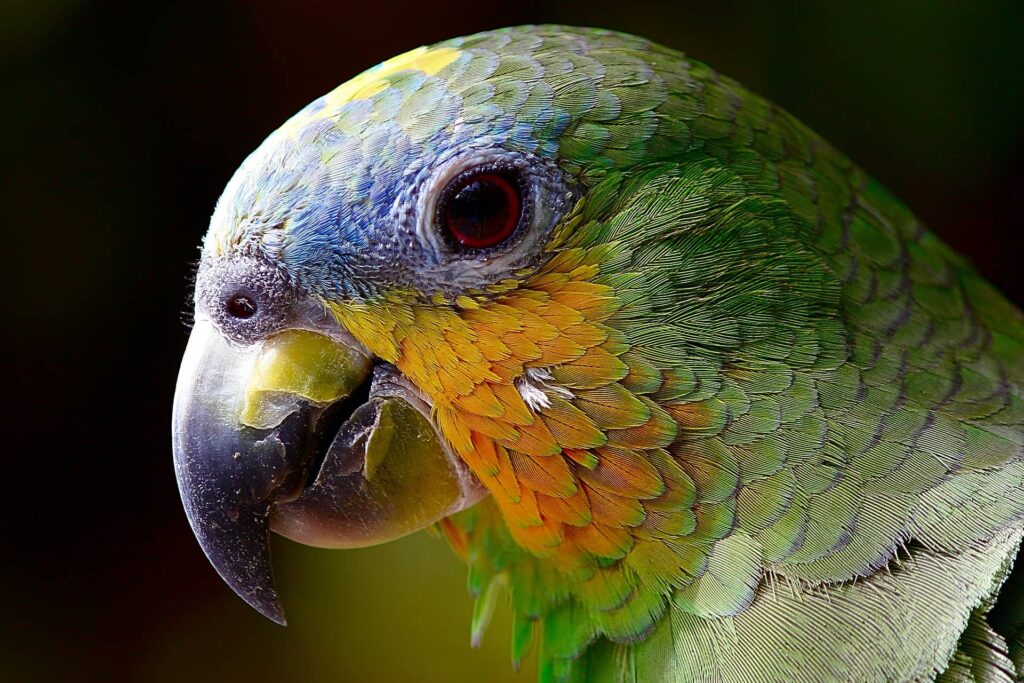
Best focal length based on types of photography
Are you looking for the best focal length to capture the perfect photograph? Whether you’re a beginner or an experienced photographer, choosing the proper focal length is essential for capturing stunning images. From wide-angle shots to close-ups, the right focal length will make all the difference in your photos. Let’s look at the best focal length for your photography needs.
Portrait Photography
When choosing a lens for portraiture, I consider the focal length to be the most important factor. It determine how you can get close to your subject, how the subject fit into the frame and most importantly, how appealing your subject is in the image.
The most classically chosen portrait focal length is 85mm, which has a perfect balance of perspective distortion and compression.
With an 85mm lens, you will not have as much perspective distortion as you would with a wider angle lens, which can result in an unflattering look for your subject. On the other hand, having too much telephoto compression can flatten out the features of your subject and erase their facial geometry which makes them unique. The 85mm focal length sits right in the middle of these two issues and is the preferred focal length of many professional photographers.
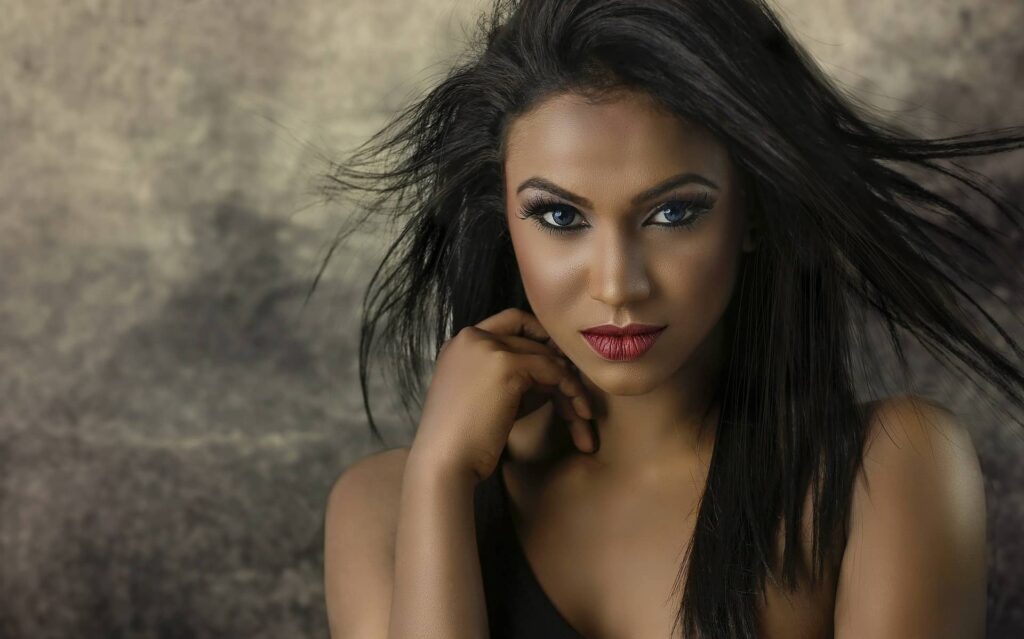
But depends on the look you are going for, you can also try other focal lengths. Sometimes I use 50mm when I want to travel light or I have limited space between me and the subjects. Whenever I’m photographing an individual who isn’t very outwardly expressive, I like to use a longer focal length lens, such as 135mm. This helps bring out the subject’s subtle emotions in the photograph.
Street and Documentary Photography
Many people love the flexibility of zoom lenses for street or documentary photography because they allow you to quickly adjust the focal length while shooting.
When you’re on a street or in a scene, your subject and the environment is constantly changing. In one moment, you may need a wide-angle lens to capture the scene, and in another moment, you may need a telephoto lens to capture the subtle expression of someone. By carrying a zoom lens, you can switch between focal lengths quickly without having to change lenses.
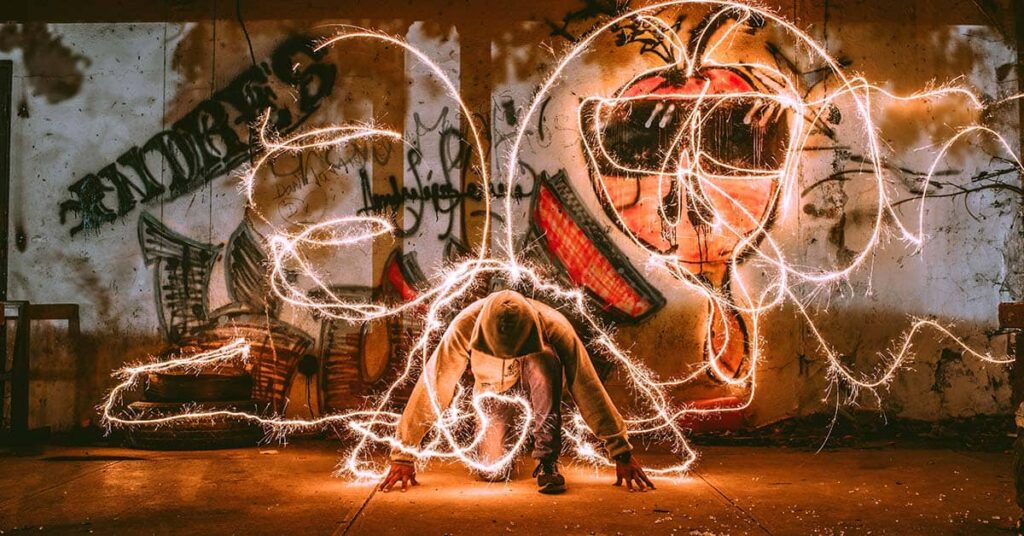
But if you want to take your photography to the next level, I highly recommend using a prime lens. Prime lenses focus your vision and allow you to become so familiar with a single focal length that photography starts to feel like second nature.
You become quicker, spontaneous and more confident with your camera – all traits which are essential for street and documentary photography.
With a prime lens, you can capture moments you wouldn’t be able to get with a bulky zoom lens, as it becomes more of an extension to yourself.
Additionally, they are lighter and easier to carry around, giving you the freedom to move and explore your environment without feeling weighed down. They also create less of a distraction, so you can get closer to your subjects without them noticing you as much.
If you’re curious about which focal length is best for street photography, check out this article: 35mm vs. 50mm vs. 85mm: Which One Is Best for Street Photography?. I’m breaking down the pros and cons of the three main focal lengths: 35mm, 50mm, and 85mm to help you make an informed decision.
Landscape and Astrophotography
The most attractive part of landscape photography is the ability to capture the splendor and beauty of nature in a single shot. That’s why are often the lens of choice for landscape photographers, as they can capture expansive views and allow photographers to get creative with their compositions.
80% of the time I am shooting with a wide-angle lens. Nikon 16-35mm f/4G is my personal favorite lens for landscape. It offers excellent sharpness, low distortion and superb color rendition, making it ideal for capturing detailed, high quality landscape shots.
Sometimes I also use a standard lens to add more impact to my composition. By carefully framing and zooming in, I can create a much more interesting image and capture details that may have been lost with a wide angle lens.
When it comes to astrophotography, my suggestion would be pretty much the same. Landscape photography and astrophotography are both types of photography that involve capturing images of the environment or nature. Landscape photography tends to be focused on capturing landscapes, while astrophotography is focused on capturing images of the night sky, such as stars, galaxies, and planets.
I usually use telephoto lens to shoot deep sky objects, just like I use it to shoot far-away subjects in the day time.
Sports and Wildlife Photography
70-200mm is quite versatile for sports and wildlife photography. In this range, you can zoom in and cover considerately long distances, capturing up-close images of people or animals in. If you want to reach more, you can extend the focal length by adding a 1.4 tele-extender without a loss of quality. You can use a 70-300mm lens.
But this range may not enough for wildlife photographers or professional sports photographers. They may opt for prime lenses with longer focal lengths with fixed aperture, which allow them to take images with a shallow depth of field, creating an aesthetic that can’t be achieved using lenses with a variable aperture.
They also have more control over the distance of the subject in focus and its background. Additionally, fixed aperture lenses have better light transmission, producing higher-quality images with less distortion.
Macro Photography
Their are many subjects to photograph when it comes to macro photography, including small insects, flowers and plants, jewelry, and other tiny object. Macro photography can also be used to capture the details of larger objects, such as coins or watches. Capturing these details can add an interesting element to your photos.
To decide which focal length lens to use, we must first understand the term “working distance”.
Working distance matters in macro photography because it affects the angle of view, depth of field and size of the image. Working distance can help you frame the subject properly and determine how close or far away from it you need to be. It also helps you decide which focal length lens to use, as shorter focal lengths require the photographer to stand closer to the subject.
The 90-105mm range is most popular for macro photographers because it provides an ideal balance of distance and performance without making the lens too large or overwhelming. It also offers plenty of options and allows photographers to capture details up close with a reasonable working distance while still providing good image quality.
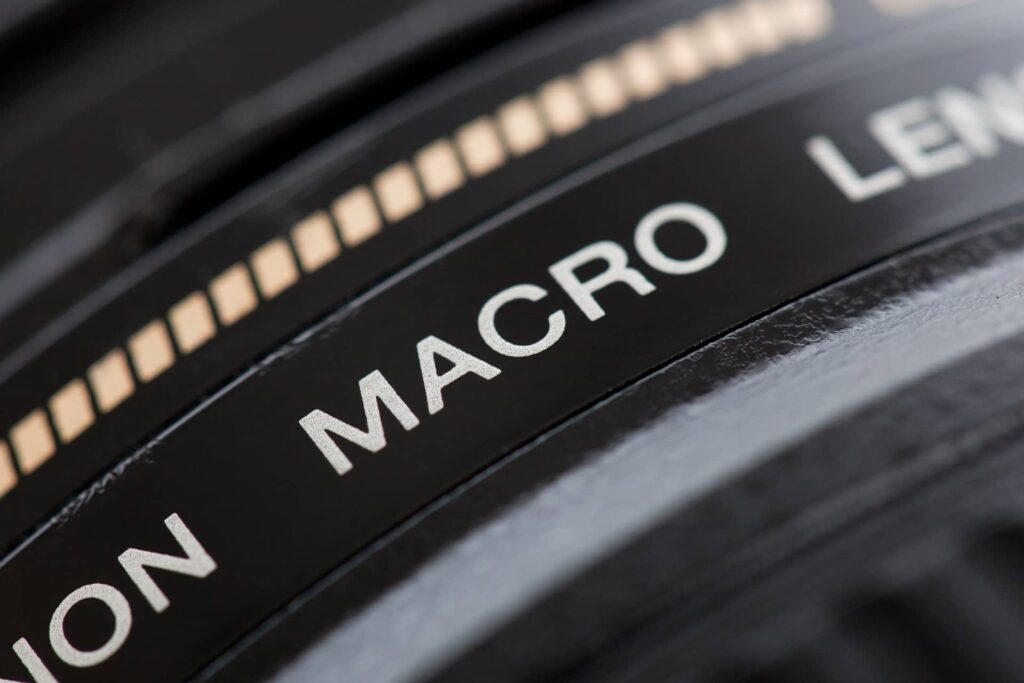
Shorter focal lengths such as 60mm are less popular because they require the photographer to be extremely close to the subject, which can be a problem in many situations.
For example, some insects may not tolerate being so close to the lens and may flee, while your shadow or the camera’s shadow may create unwanted lighting conditions.
Additionally, shorter lenses tend to have less pleasing bokeh, which is important for macros. However, if you are looking for portability and strong image quality for casual macro photography, then a shorter macro lens may be a viable option.
FAQs about focal length
Is working distance the same as focal length?
No, working distance and focal length are not the same. Working distance is the distance between the lens and the subject at its closest focus setting, while focal length is the distance from the optical center of the lens to the imaging sensor. The two have an indirect relationship in that the longer the focal length, the greater the working distance will be.
Do lens adapters affect focal length?
No, focal length is the property of the lens. It remains the same when a lens adapter in on. But a teleconverter will increases the distance between the focal point and the sensor, thus increasing the focal length and narrowing the field of view.
What is a fixed focal length lens?
A fixed focal length, also known as a prime lens, is a lens with a single focal length that does not zoom. Prime lenses are typically used for landscape photography, portraiture, and various artistic pursuits. They often produce high-quality images with sharp detail, but limit the photographer’s ability to adjust the focal length for different compositions or perspectives.
Does focal length affect exposure?
The focal length of a lens can have an effect on exposure. This is because when using a longer focal length, small movements made at the camera-end will result in large changes at the subject-end, meaning that you will need to use a faster shutter speed to get a sharp photo.
But if you use a tripod to avoid camera shake while maintaining the same shutter speed, the exposure will be the same.
Summary
To conclude, focal length is an important aspect of photography that all photographers should understand. Different focal lengths can drastically change the composition and look of your photos. By learning about focal lengths and how to choose the right one for you, you can take better pictures and improve your photography!


